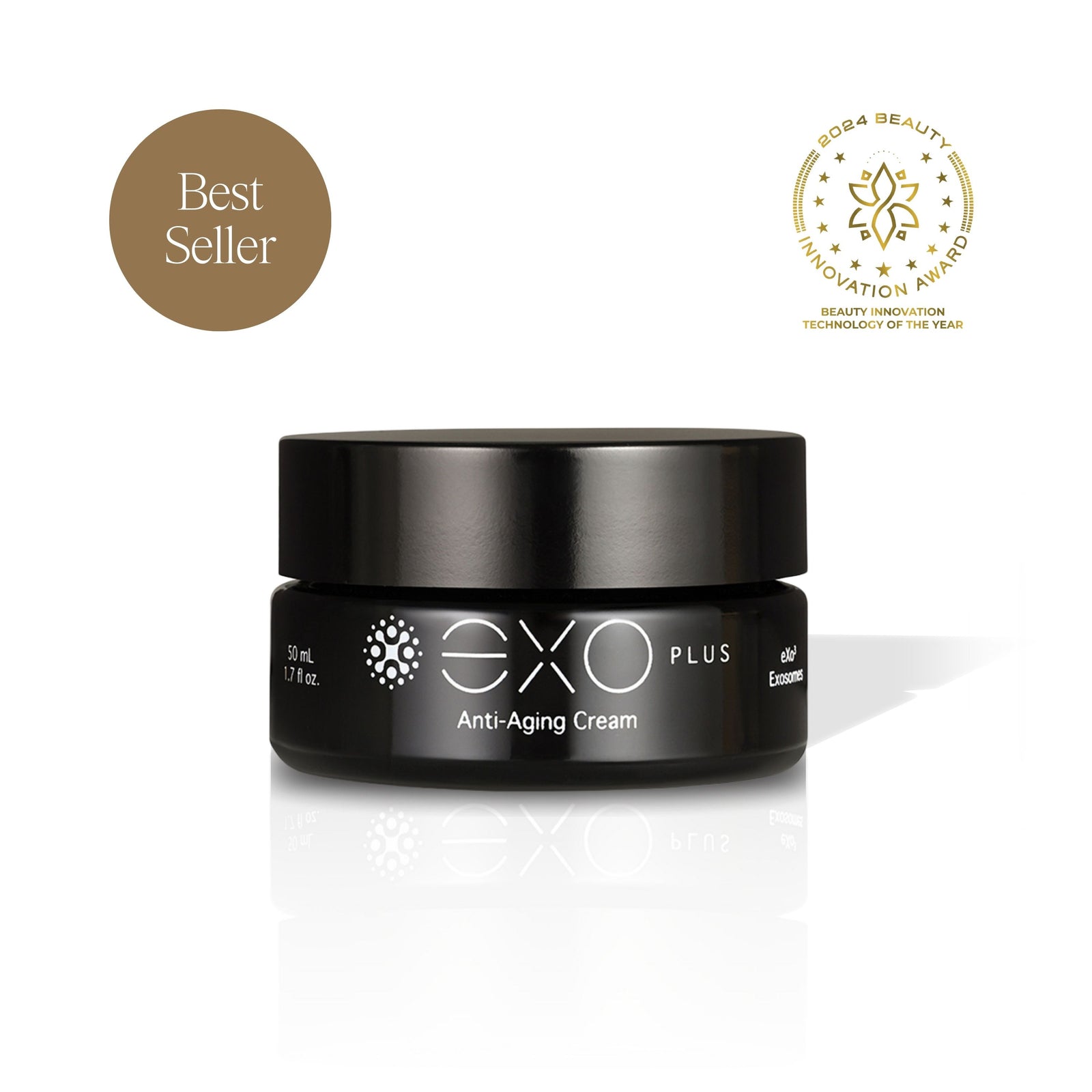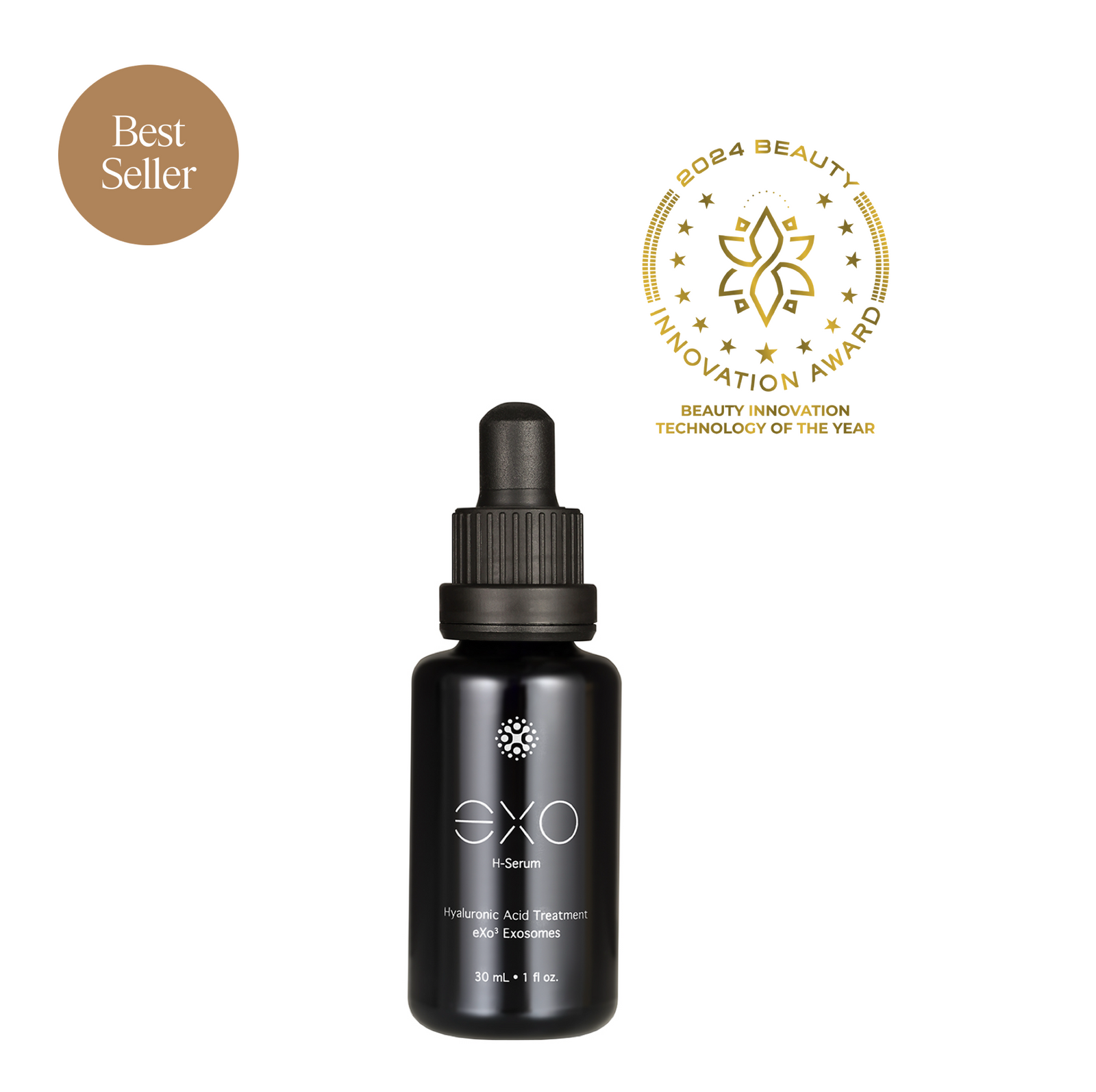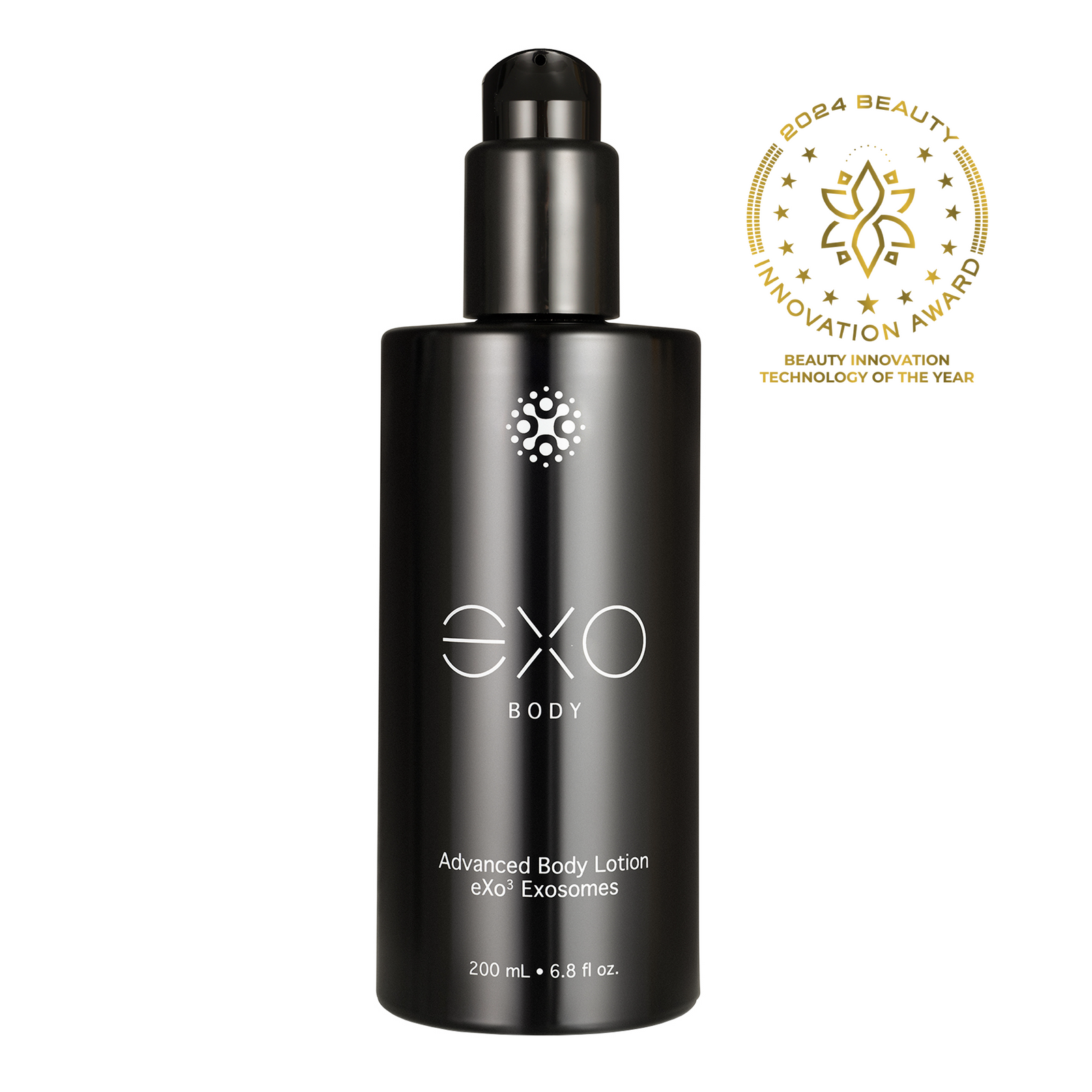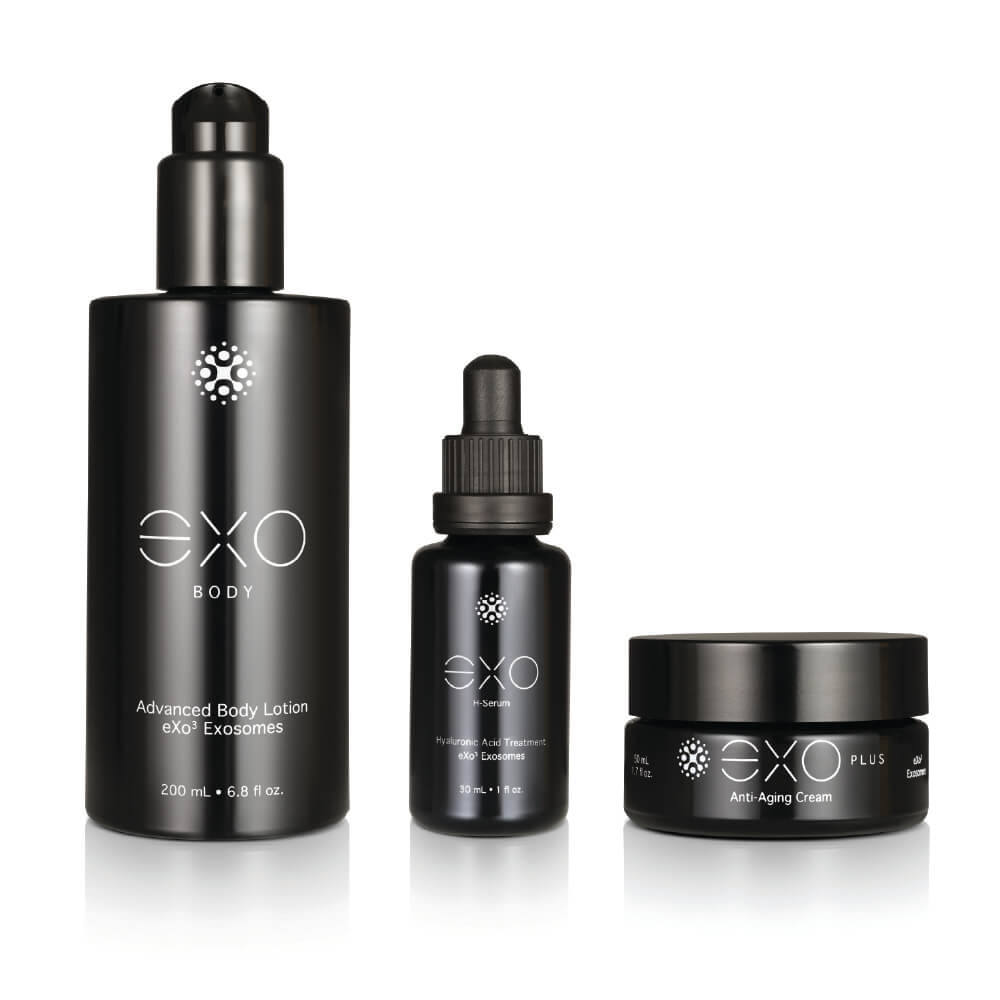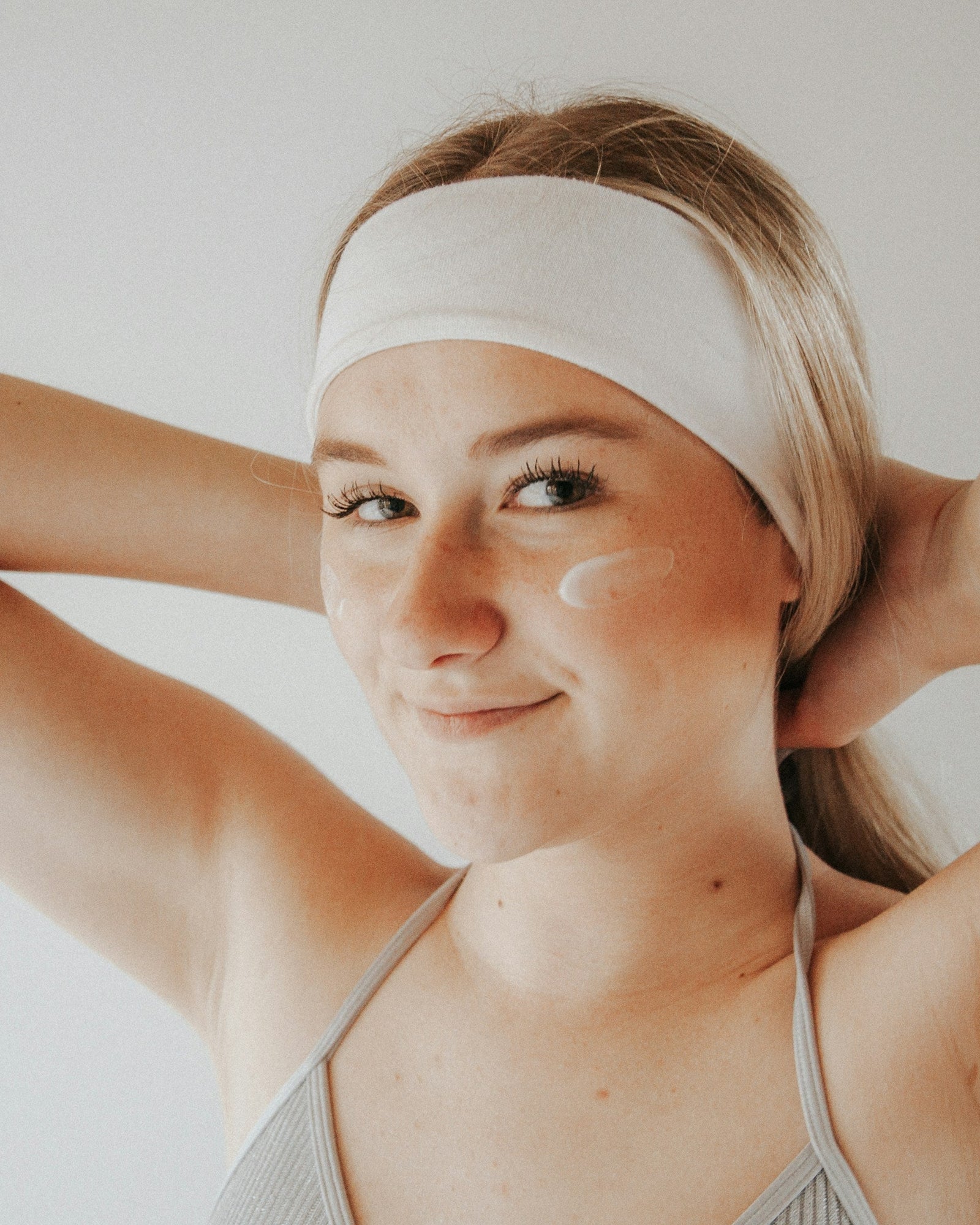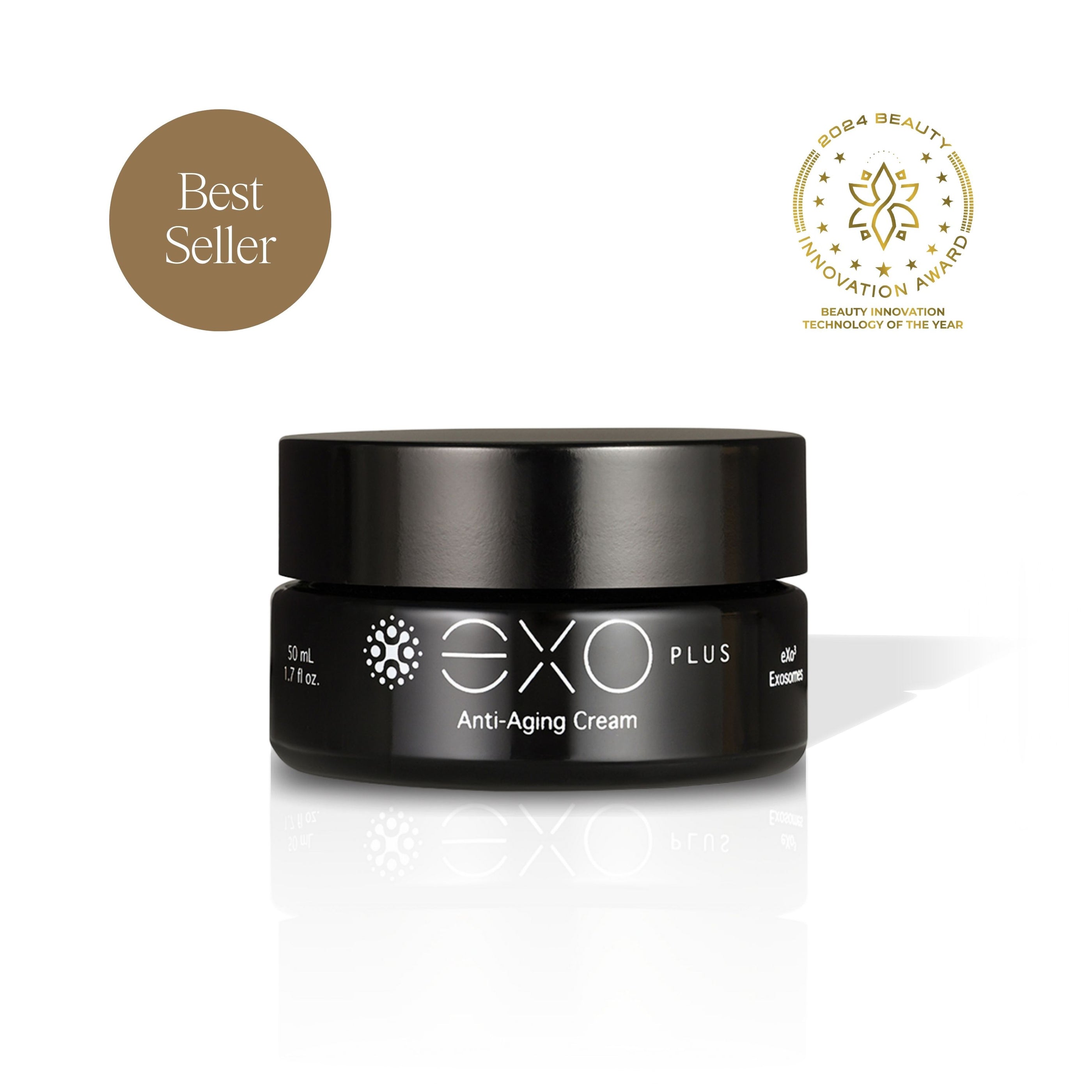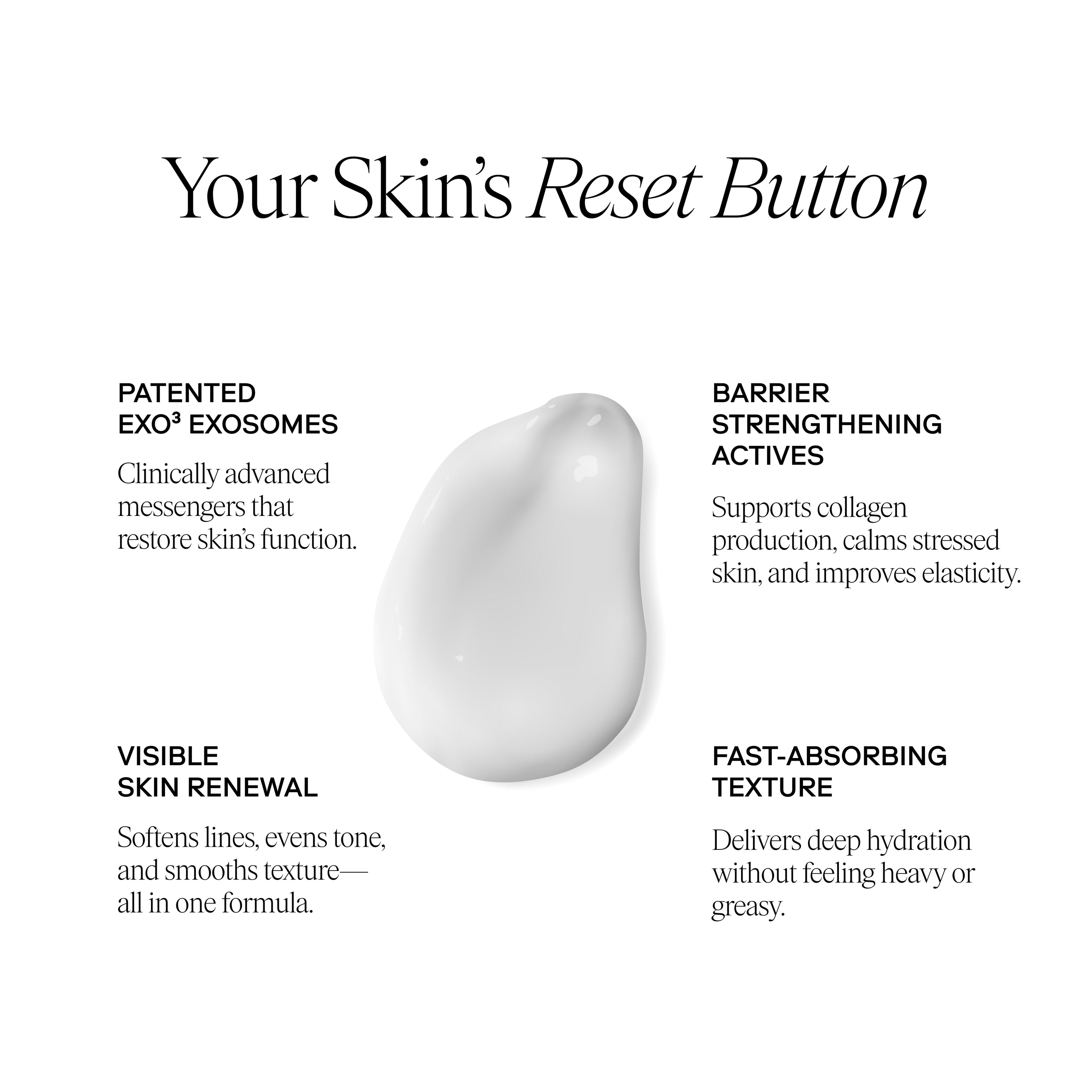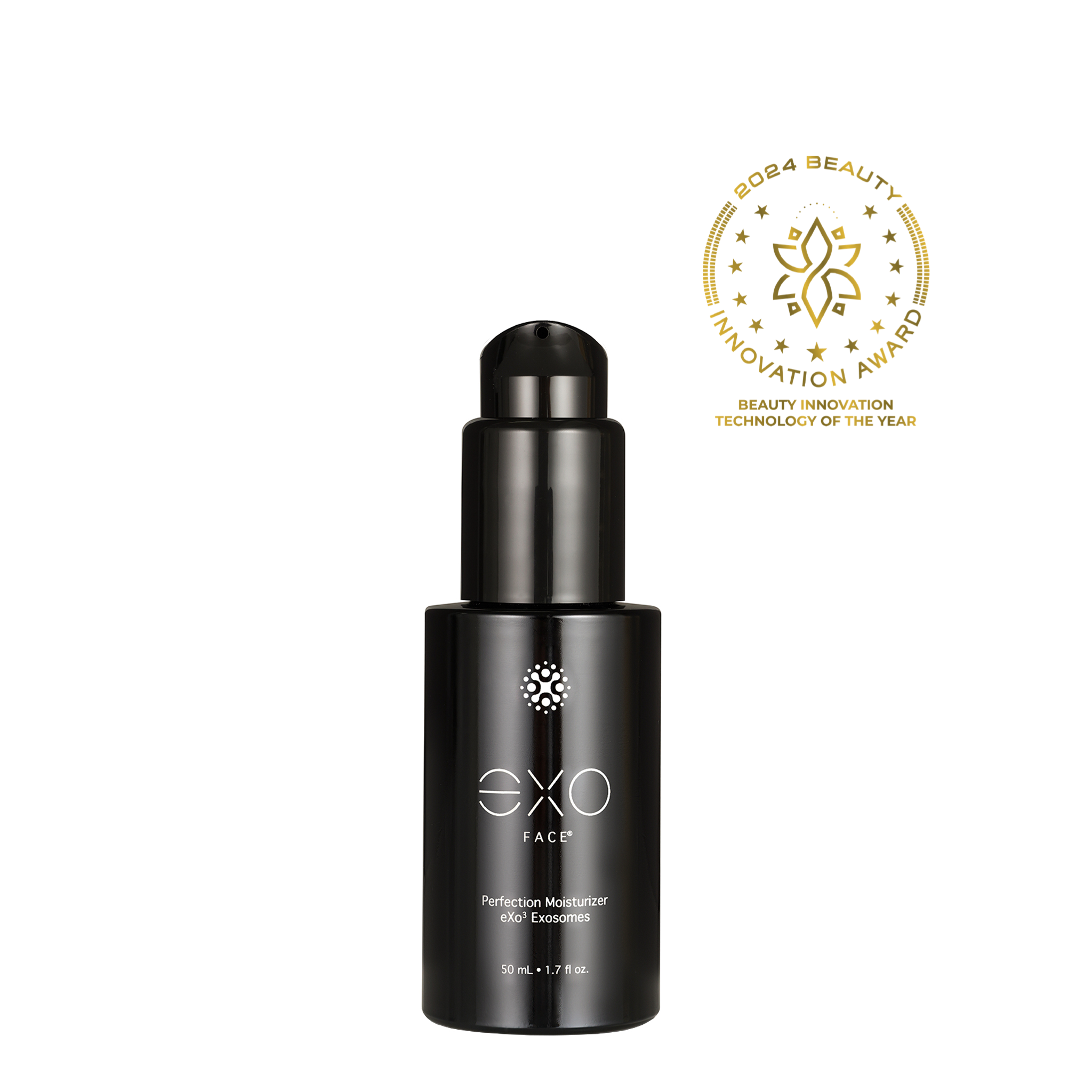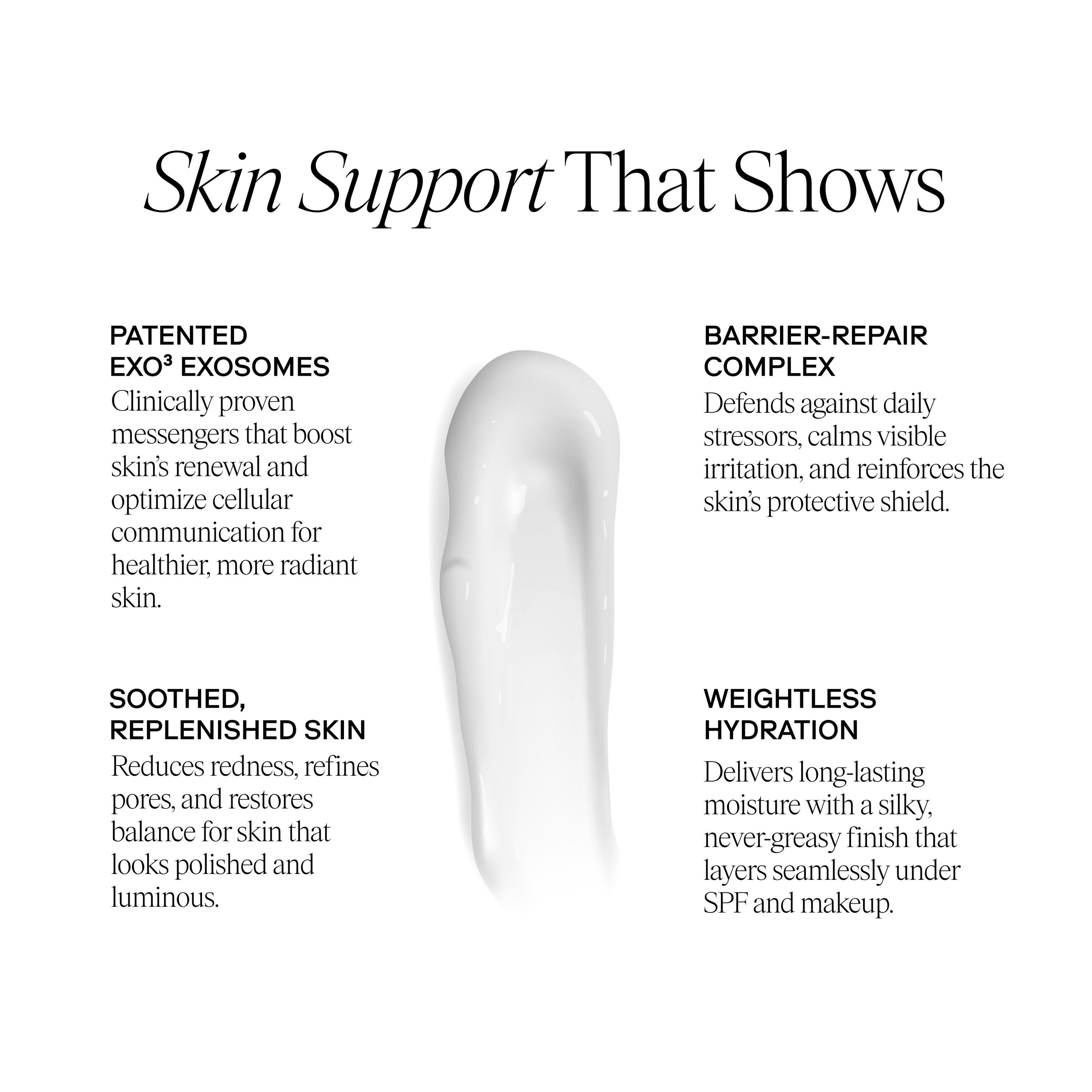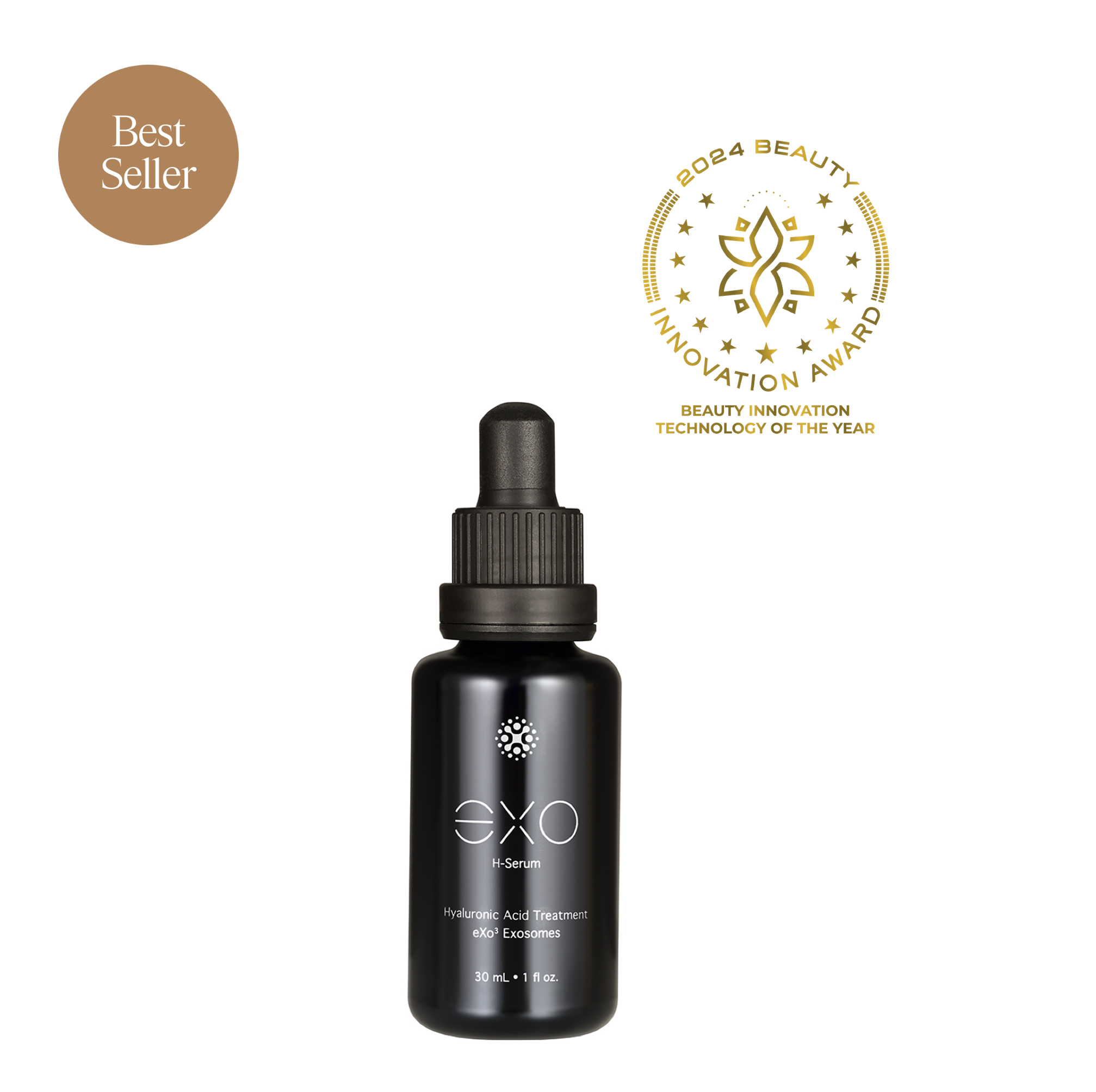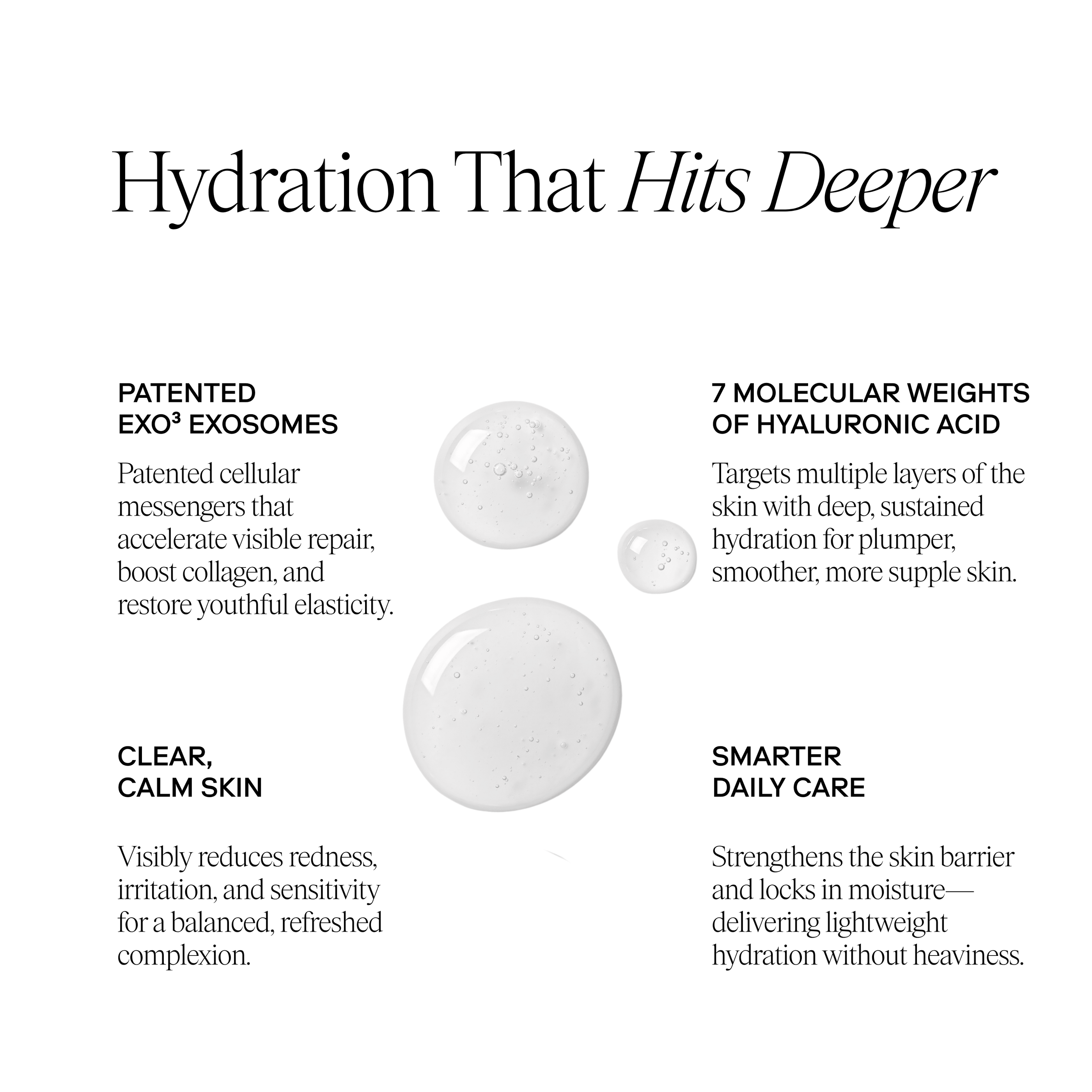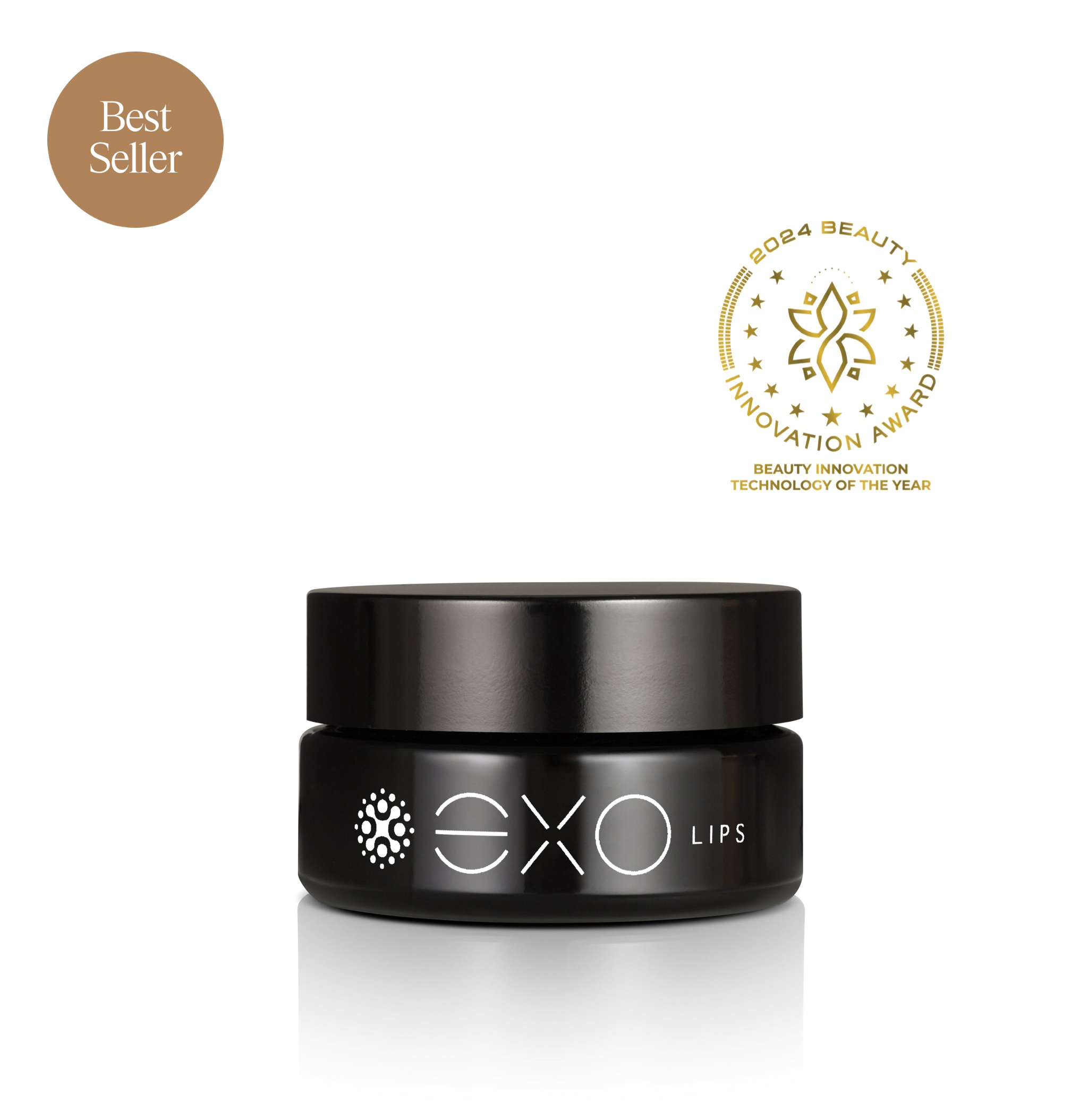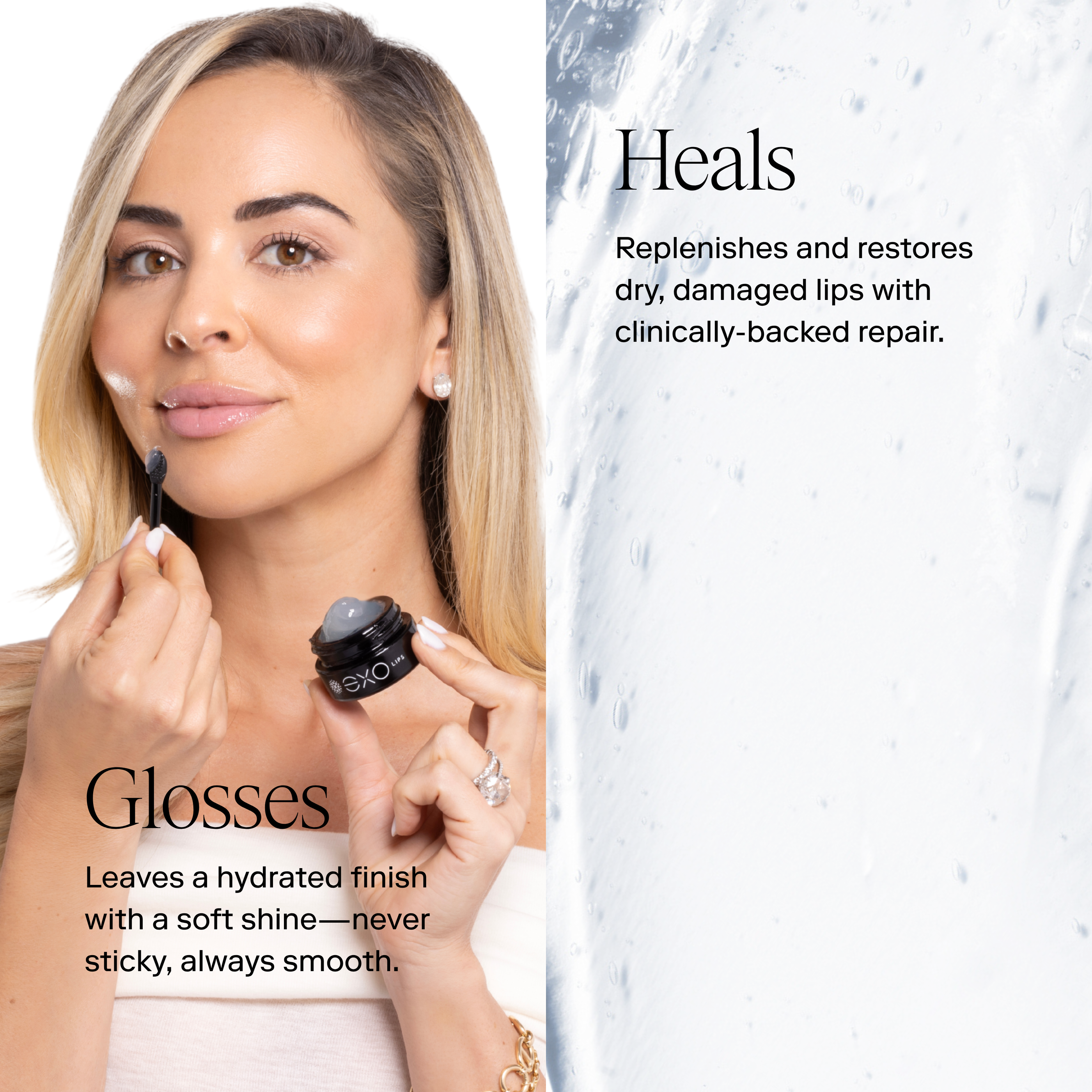Understanding how our skin changes throughout different life stages is crucial for maintaining its health and appearance. As we age, our skin undergoes various transformations that require specific attention and care. This comprehensive guide explores the unique skincare needs and recommended routines for different age groups, helping you develop an effective skincare regimen that evolves with your skin's changing needs.
Teenage Years (13-19): Building Healthy Habits
The teenage years mark a significant period of hormonal changes that directly impact skin health. During this time, increased sebum production often leads to acne and oily skin concerns. The focus should be on establishing basic skincare habits and maintaining skin clarity.
Morning Routine for Teens
Start with a gentle, non-stripping cleanser to remove excess oil accumulated overnight. Follow with an alcohol-free toner to balance pH levels and a light, oil-free moisturizer. Sun protection is crucial - apply a broad-spectrum SPF 30 or higher daily, choosing non-comedogenic formulations to prevent pore blockage.
Evening Routine for Teens
Double cleansing becomes important, especially if wearing sunscreen or light makeup. Begin with a gentle yet thorough cleanse, followed by products containing ingredients like salicylic acid or benzoyl peroxide for acne-prone areas. Finish with a light, hydrating moisturizer.
Young Adults (20s): Prevention and Protection
The twenties are about preventing future skin concerns while maintaining current skin health. This decade is ideal for introducing active ingredients that will benefit skin longevity.

Morning Routine for Young Adults
Begin with a cleanser suited to your skin type, followed by an antioxidant serum containing vitamin C to protect against environmental damage. Apply a hydrating moisturizer and finish with broad-spectrum sunscreen. This age group should focus on prevention and protection against premature aging.
Evening Routine for Young Adults
Introduce retinol gradually into your nighttime routine, starting with lower concentrations. Use hydrating serums containing hyaluronic acid and peptides. Consider adding niacinamide to help with oil control and pore appearance. Always finish with a nourishing night cream.
Thirties: Addressing Early Signs of Aging
During this decade, cell turnover begins to slow, and the first signs of aging become visible. The focus shifts to incorporating more targeted treatments while maintaining skin health.
Morning Routine for the 30s
Use a gentle cleanser followed by a potent antioxidant serum. Include peptide-based products to support collagen production. Moisturize with products containing ceramides and apply a high-SPF sunscreen. Eye cream becomes essential during this stage.
Evening Routine for the 30s
Incorporate stronger retinoids if tolerated, alternating with other active ingredients like glycolic acid. Use richer moisturizers and targeted treatments for specific concerns such as hyperpigmentation or fine lines. Consider adding facial oils for extra nourishment.
Forties and Fifties: Intensive Care and Repair
Hormonal changes and significant collagen loss require a more comprehensive approach to skincare. The focus is on intensive hydration and repair while addressing multiple signs of aging.
Morning Routine for 40s and 50s
Begin with a cream-based cleanser to preserve skin's natural oils. Layer multiple hydrating products, including essences and serums rich in hyaluronic acid. Use more concentrated antioxidant formulations and finish with a rich moisturizer and high-SPF sunscreen.
Evening Routine for 40s and 50s
Focus on repair and regeneration with peptides, growth factors, and stronger retinoids. Include regular exfoliation with gentle AHAs/BHAs. Use rich night creams and consider specialized treatments like overnight masks or intensive repair serums.
Sixty Plus: Nurturing Mature Skin
Mature skin requires extra attention to hydration and gentle care. The focus shifts to maintaining skin barrier function and addressing specific concerns of aging skin.
Morning Routine for 60+
Use ultra-gentle, creamy cleansers. Layer multiple hydrating products, focusing on ingredients that support barrier function. Include peptides and growth factors for skin firmness. Use rich moisturizers and high-SPF sunscreen formulated for mature skin.
Evening Routine for 60+
Gentle but thorough cleansing, followed by hydrating toners and essences. Use specialized serums targeting specific concerns like deep wrinkles or age spots. Finish with rich, nourishing night creams containing ingredients like ceramides and fatty acids.
Universal Skincare Tips Across Age Groups
Regardless of age, certain skincare principles remain constant. Maintain consistent sun protection, stay hydrated, and get adequate sleep. Pay attention to your skin's changing needs and adjust your routine accordingly. Remember that skin type, climate, and individual concerns should always be considered when developing a skincare routine.
The Role of Diet and Lifestyle
A holistic approach to skincare includes maintaining a balanced diet rich in antioxidants, staying hydrated, and managing stress levels. Regular exercise promotes healthy blood circulation, which benefits skin health at any age. Consider supplements like collagen and omega-3s after consulting with healthcare providers.
When to Seek Professional Help
While a good at-home skincare routine is essential, certain skin concerns may require professional intervention. Regular visits to a dermatologist or skincare professional can help address specific concerns and adjust routines as needed. They can also recommend appropriate treatments like chemical peels or other professional procedures to complement your home care routine.
Conclusion
Effective skincare is about understanding and adapting to your skin's changing needs throughout different life stages. While the basic principles of cleansing, protecting, and moisturizing remain constant, the specific products and ingredients should evolve with your skin's changing requirements. Remember that consistency is key, and results take time to become visible.

